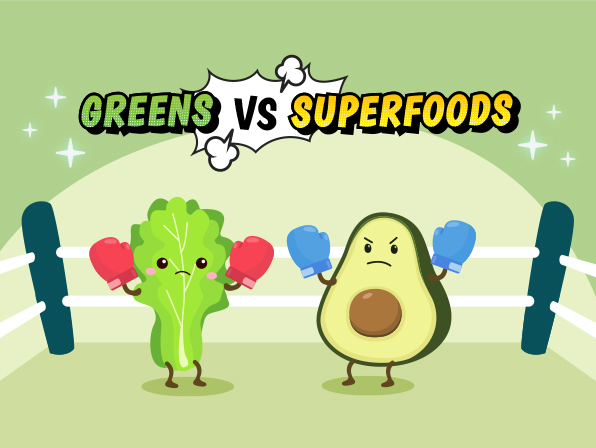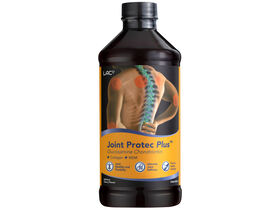Collagen
Collagen is the most abundant protein in the body, making up a third of the total protein composition. It is present in our muscles, skin, bones and tendons, working as a "glue" that helps hold the body together. It gives our skin strength and elasticity, and is responsible for the replacement and renewal of dead skin cells.
Collagen is well-known for its ability to support skin health, however there are also other roles in which it plays.
1. Skin - Firm skin, increase smoothness, renew and repair skin cells
2. Joints - Lubricate the joints so that tendons and ligaments move with ease
3. Nails and teeth - Strengthen nails and teeth as collagen is their building block
4. Cellulite or stretch marks - Improve skin's elasticity to reduce the appearance of cellulite and/or stretch marks
The body has the ability to produce collagen using amino acids. However as we age, the body's collagen production naturally slows down. As a result, it causes wrinkles, sagging skin and weaker cartilage in the joints surface. Other factors such as prolonged sun exposure, high intake of sugar and smoking can contribute to depleting collagen levels too.
There are three main types of collagen:
Type I: The main bulk of the body's total collagen and provides structure to skin, bones, tendons, fibrous cartilage, connective tissue and teeth
Type II: To promote joint and cartilage health
Type III: Usually found with type I, and mainly supports structure of muscles, organs and arteries
Common food sources include animal skin (e.g. pork, chicken) and bone broth.
Stay Inspired with Health Trends

8 Tips For Building Mental Resilience In Your Child

7 Amazing Facts About Women

How Burned Out Are You?

Dozing off at Work? 😴

Managing Diabetes with Weight Loss: A World Diabetes Day Focus

Ate And Left No Crumbs: 6 Simple Weight Loss Tips

Break Free from Weak Bones

Small Bite, Big Threat: Fight Dengue with Confidence

Count Celebrations, Not Calories This Mid-Autumn Festival!

From Fat Burning to Detox: 5 Benefits of Apple Cider Vinegar

Cracking The Food Coma Code

Keep Cool and Carry On!
In Singapore, the National Climate Change study predicts that the daily average temperature may rise to a sweltering 36.7 Degrees Celsius by the end of the century1

Give Your Brain A Good Headstart!

Greens Vs Superfoods

How Much Is Too Much Salt?

Maximise Your Workout

FREE RADICALS – YOUR INVISIBLE ENEMY




